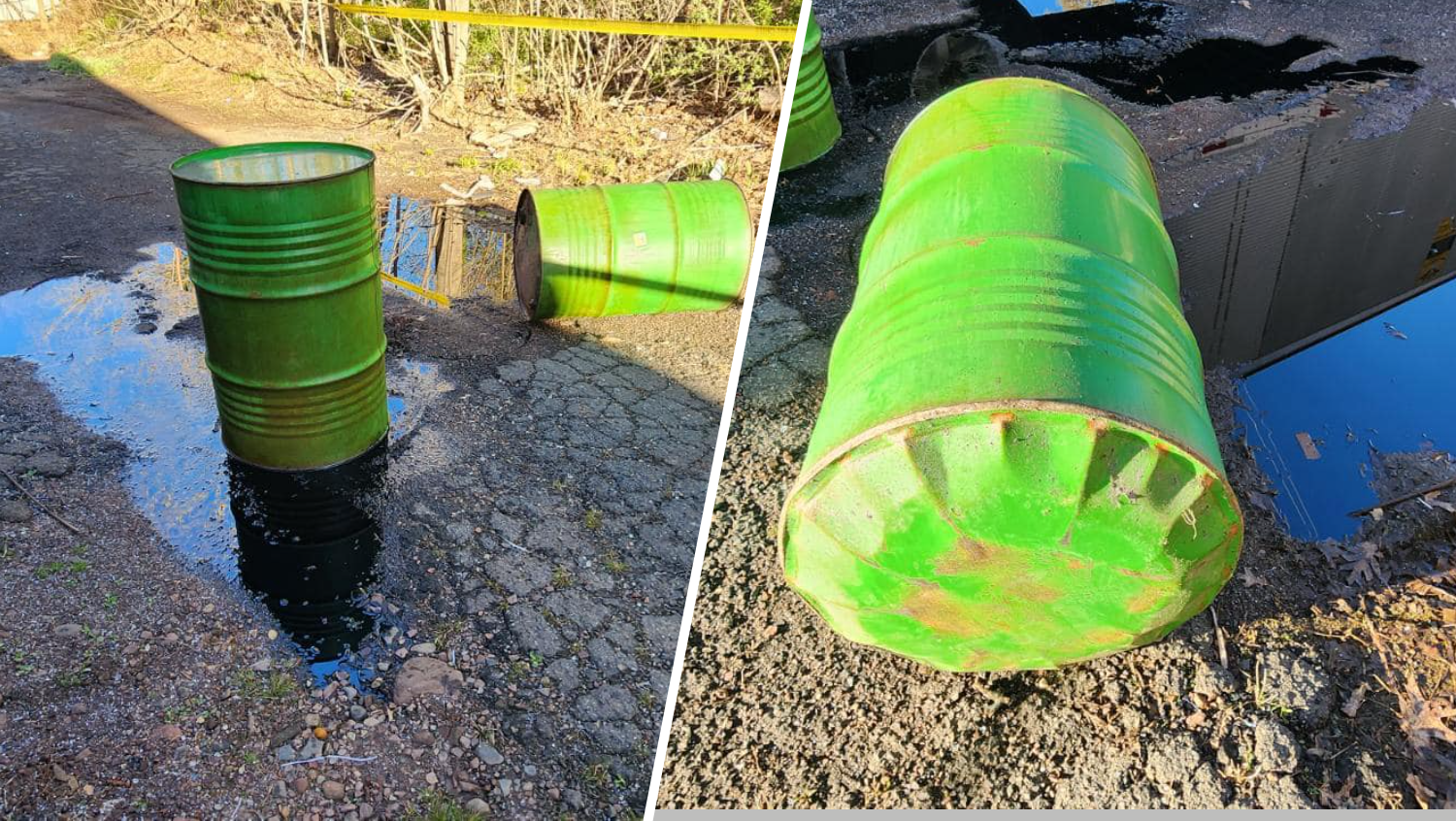As the state braces for another heat wave, experts are reminding parents and pet owners about the extreme dangers of a hot car. According to the National Safety Council, 52 children died in hot cars in 2018, the deadliest year on record in the past 20 years.
According to Connecticut Children’s Medical Center’s Injury Prevention Center, the temperature inside a vehicle can rise, on average, by 19 degrees in 10 minutes.
“A child, just like an adult, when their internal body temperature gets to about 104 degrees, you have the potential for heat stroke and that’s very dangerous,” explained the center’s Executive Director Kevin Borrup. “It can be life-threatening.”
“You don’t think, maybe for two minutes, three minutes ‘Oh, you know it’s not that bad,’ but it’s terrible,” said Alexsa Nelson of Newington.
Safe Kids Connecticut says there are simple things parents can do to make sure they always look before they lock, such as putting a wallet or shoe in the backseat.
“It’s when you go outside of your routine that you tend to be distracted and for whatever reason you forget that child,” said Borrup.
The Connecticut Humane Society is also reminding people that pets are equally vulnerable and urging owners to use common sense.
Local
“An animal can only regulate their temperature by inhaling and exhaling, so if the air in the car is hotter than the animal’s body, their body is going to heat up,” said Executive Director Gordon Willard. “It’s just simple physics.”
If someone spots a child or animal in distress in a hot car, experts say stay calm and quickly scan for a parent or owner.
”911 should be the first thing that you do and then do what you need to do to get the child out of the vehicle,” said Borrup.
Borrup said if a person uses reasonable judgement and decides to go into a vehicle, including breaking a window to get a child or an animal to safety, there is no penalty in Connecticut.
“Just do what you need to do to get them out. The laws of Connecticut, the Good Samaritan laws, will protect you.”
The full law reads:
“Rescuing a child or an animal from a vehicle under certain circumstances, the law provides an affirmative defense against civil damages or criminal penalties for entering another person's passenger motor vehicle, including forcibly, to remove a child. It covers the person's actions or omissions in removing the child as long as the person: 1. Reasonably believes, at the time of entry, that entering the vehicle is necessary to remove the child from imminent danger of serious bodily injury; 2. Uses no more force than is reasonably necessary, under the circumstances the person knows at the time, to enter the vehicle to remove the child; 3. Reports the entry and related circumstances to a law enforcement or public safety agency within a reasonable time after entering the vehicle; and 4. Takes reasonable steps to ensure the child's safety, health, and well-being after removing the child from the vehicle (cgs § 52-557u). Pa 18-164, effective October 1, 2018, extends these same protections to individuals who take such actions to rescue an animal.”



